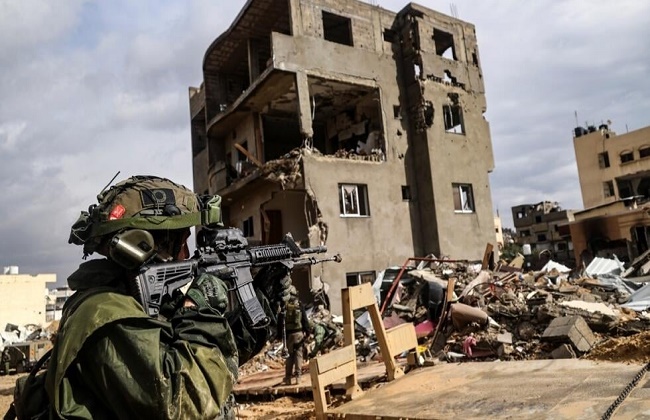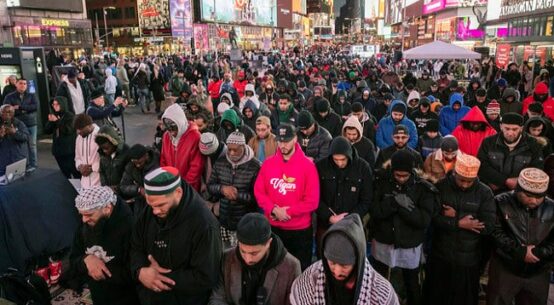
Israel’s army has deployed some AI-enabled military technology in combat for the first time in Gaza, raising fears about the use of autonomous weapons in modern warfare.
The army has hinted at what the new tech is being used for, with spokesman Daniel Hagari saying last month that Israel’s forces were operating “above and underground simultaneously”.
A senior defence official told AFP the tech was destroying enemy drones and mapping Hamas’s vast tunnel network in Gaza.
New defence technologies including artificial intelligence-powered gunsights and robotic drones form a bright spot in an otherwise dire period for Israel’s tech industry.
The sector accounted for 18 percent of GDP in 2022, but the war in Gaza has wreaked havoc with an estimated eight percent of its workforce called up to fight.
“In general the war in Gaza presents threats, but also opportunities to test emerging technologies in the field,” said Avi Hasson, chief executive of Startup Nation Central, an Israeli tech incubator.
“Both on the battlefield and in the hospitals there are technologies that have been used in this war that have not been used in the past.”
But the rising civilian death toll shows that much greater oversight is needed over the use of new forms of defence tech, Mary Wareham, an arms expert at Human Rights Watch, told AFP.
“Now we’re facing the worst possible situation of death and suffering that we’re seeing today — some of that is being brought about by the new tech,” she said.
More than 150 countries in December backed a UN resolution identifying “serious challenges and concerns” in new military tech, including “artificial intelligence and autonomy in weapons systems.”
Hamas on October 7 launched an unprecedented attack on Israel, resulting in the deaths of about 1,160 people in Israel, mostly civilians, according to an AFP tally based on official figures.
Hamas also seized around 250 hostages, and Israel says some 132 remain in Gaza including at least 29 believed to have been killed.
Israel’s military response has killed nearly 28,000 people in Gaza, mostly women and children, according to the Hamas-ruled territory’s health ministry.
Like many other modern conflicts, the war has been shaped by a proliferation of inexpensive unmanned aerial vehicles (UAVs), also known as drones, which have made attacks from the air easier and cheaper


